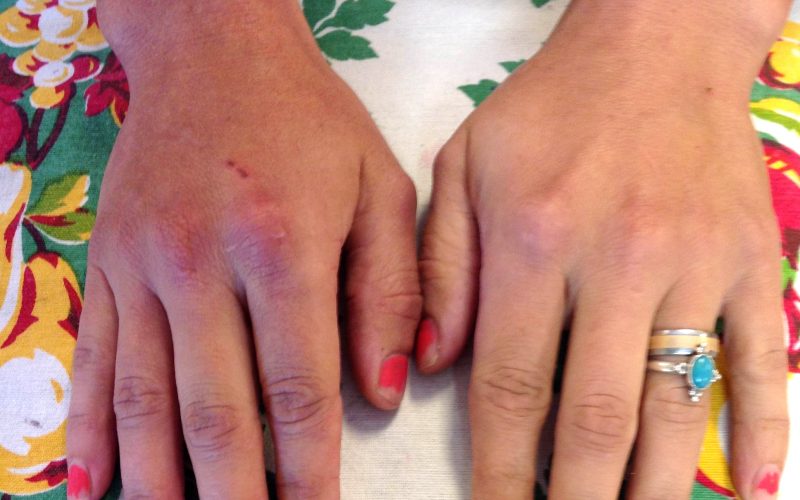 Hey friends. This week we’re talking about Riesling and why we love it.
Hey friends. This week we’re talking about Riesling and why we love it.
It’s true there are some not-so-good examples of this noble grape that litter the shelves of every liquor store, but today we’re going to sift through the duds and try something worth drinking.
 A lot of times in America, when it comes to white wine, we talk dry and drink sweet. In fact, the phrase I hear almost more than anything else is “I’m looking for a good white wine that isn’t sweet.” Then they reach for the cheap Pinot Grigio or Riesling only to be disappointed. This is a shame because there are some amazing sweeter wines out there that are completely overshadowed by syrupy, candy-coated table wines with a $7 price tag.
A lot of times in America, when it comes to white wine, we talk dry and drink sweet. In fact, the phrase I hear almost more than anything else is “I’m looking for a good white wine that isn’t sweet.” Then they reach for the cheap Pinot Grigio or Riesling only to be disappointed. This is a shame because there are some amazing sweeter wines out there that are completely overshadowed by syrupy, candy-coated table wines with a $7 price tag.
The secret to any great wine is balance, and acidity is one end of the seesaw for sweeter white wine. You need good levels of acidity to balance the residual sugar that’s left over after fermentation ends. With enough acidity, sweeter wines often don’t taste sweet at all. Instead, they can taste very concentrated and fruity (not syrupy and sticky like sweet wines with low acid). Some of the best wines in the world are high acid dessert wines.
2010 Frisk “Prickly” Riesling is an example of the good kind of sweet wine. It’s also the kind of wine that’s often overlooked on the shelf because it doesn’t have a recognizable name or label. (That’s OK because I’m here to fix that fear of the strange and unfamiliar). Frisk is interesting because it is made in a lightly effervescent style, which means it has little bubbles that “prickle” your tongue. It’s quite nice. This effervescence also acts as a balancing scale against the 4 percent residual sugar in the wine. The end result is a medium sweet wine that tastes extremely refreshing.
Frisk hails from the southern end of Victoria, Australia, which is perfect for Riesling’s cool climate demands. It’s interesting to note that Riesling used to be the most widely planted white grape in Australia before the Chardonnay craze hit. Most of the vines were uprooted in favor of the more popular Chardonnay, but Riesling is slowly reclaiming its roots (Haha. Roots, get it? Bad joke).
Tasting Notes: The nose is floral with a hint of lime. Mango and pear on the palate. Higher levels of acidity make it pair amazingly well with spicy Asian foods. And you’ll love the spritz on the finish.
This wine retails for about $10.









